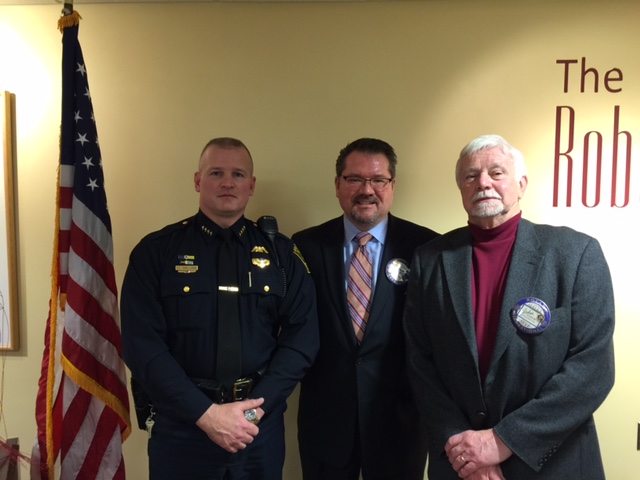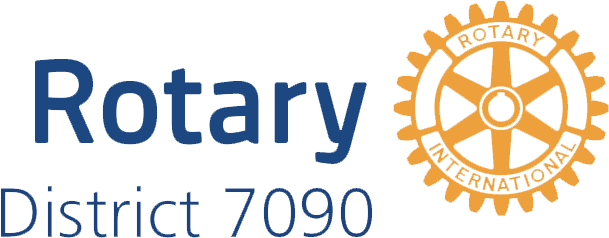Jamestown News
Posted by Sue Jones
JAMESTOWN HEARS ABOUT ILLEGAL DRUG TRADE

Director of Public Safety/Police Chief Harry Snellings of the Jamestown Police Department spoke at a recent noon meeting of the Rotary Club of Jamestown about current trends in the manufacture and use of illegal drugs in Jamestown and the immediate area. He elaborated on the responses developed by the Jamestown Police Department (JPD), in cooperation with other local police agencies, to the recent trends....................
The “shake & bake” manufacture of methamphetamine is creating significant issues in Jamestown, including structural fires in the city. Many “crimes of opportunity” such as thefts, burglaries, and robberies are drug-related. The JPD has had a record year in 2014 for searches in the city. In addition to enforcement, the JPD works to prevent drug manufacture and use through community education and its work with other police agencies (Ellicott, Falconer) in the Metro Drug Task Force. Recently, Operation Horseback involved the JPD and many police agencies statewide in the break up a large narcotics distribution network.
Chief Snelling said our county lacks long-term treatment services for offenders. He mentioned a recent proposal by the Mental Health Association may offer some options in this regard. The lack of insurances that cover long-term treatment is a key issue.
Many questions were posed by the club members to whom Chief Snellings offered these responses:
- Offenders often become addicted initially to opiate-based prescription drugs.
- The legalized sale and use of marijuana is creating issues between States such as Colorado and Nebraska.
- A heroin addiction may cost the user $300-350 per day to support their habit.
- Most users are local residents; most sellers are transients from elsewhere who come to Jamestown to sell drugs.
- Police agencies enforce laws; courts determine punishments and consequences under the laws. Drug laws are created by the State of New York, not local jurisdictions.
- The City of Jamestown has used video surveillance on occasion, but full-time systems can be expensive to set up and to operate.
- Neighborhood Watch programs belong to citizens, not to the City, or the JPD.
- Gold, silver, and other metal exchange/recycling businesses often work with police agencies when the drug trade may be involved.
- Monies secured from Jamestown drug busts are used to finance police anti-drug efforts, and are shared under state law by New York State (40%), the Chautauqua County District Attorney’s Office (25%), and the JPD (35%).
- Because “shake & bake” methamphetamine production yields small amounts of the drug, the tell-tale odor of other production processes usually goes unnoticed.
- Because 50% of Jamestown’s housing stock consists of rental properties, landlords should bear some responsibility for being aware of the activities that occur on their properties.
In the photo (left to right): Jamestown Director of Public Safety/Chief Harry Snellings, Rotary Club President Todd Allen and John Lloyd, December Program Chairman.
